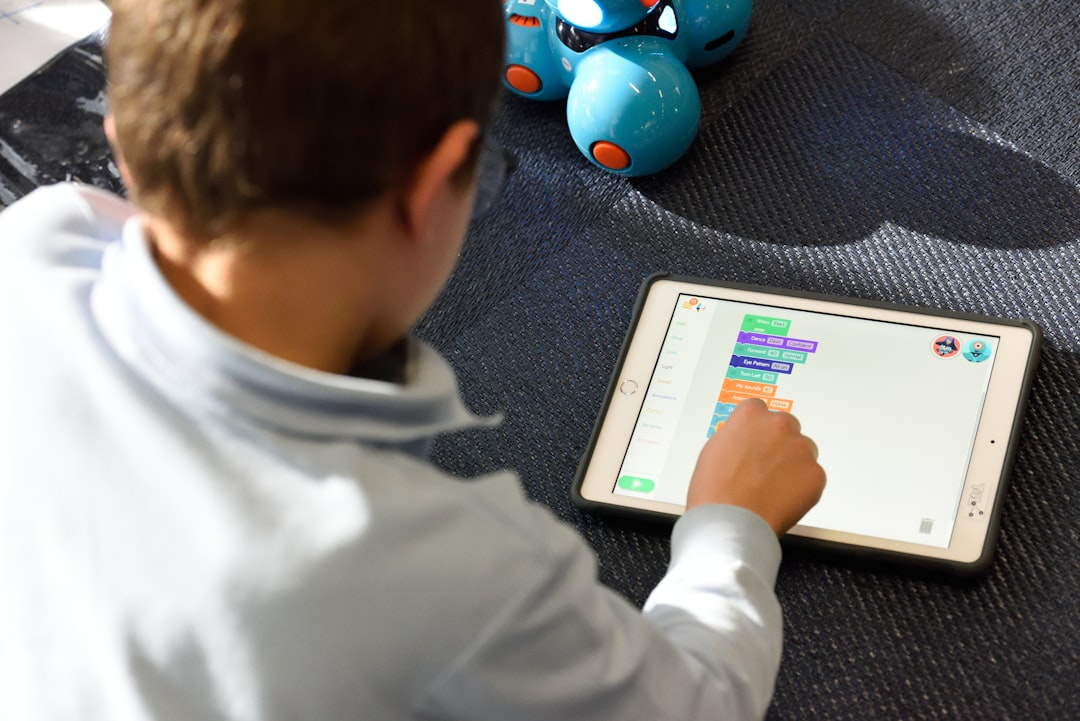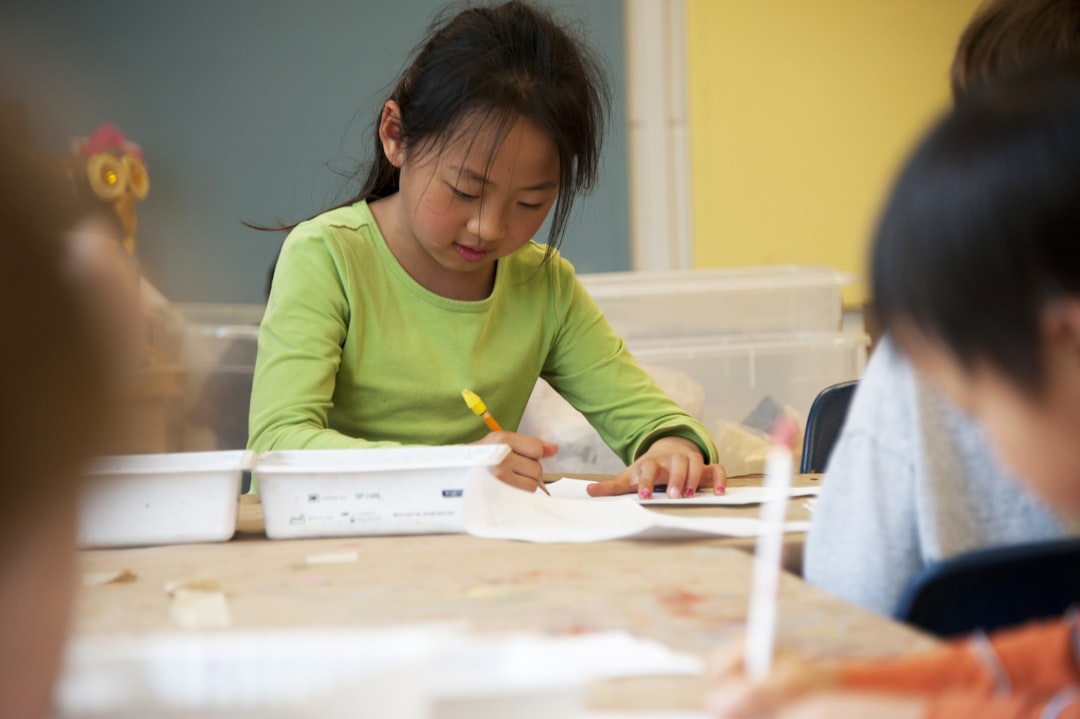In an era where digital interfaces are as commonplace as textbooks were a generation ago, technology’s role in educational contexts, especially for children, is both transformative and expansive. This unique convergence of technology and education is crafting new learning pathways, enhancing pedagogical methods, and providing personalized learning experiences to children. This article delves into how modern tech tools are not only supplementing traditional learning methods but are pivotal in fostering innovative educational paradigms that equip children with the skills necessary for the future.
The Digital Classroom
The concept of the digital classroom transcends the physical boundaries of traditional learning environments. Interactive whiteboards, digital textbooks, and learning management systems are now fundamental components that enhance engagement and interaction in the classroom. Virtual reality (VR) and augmented reality (AR) bring immersive learning experiences that captivate young minds and cater to various learning styles. For instance, VR can transport students to different parts of the world or even different eras, offering a vivid understanding of historical events and global cultures without leaving their classroom.
Personalized Learning Through AI
Artificial Intelligence (AI) is at the forefront of personalizing education. AI-driven platforms can analyze individual learning patterns and adapt to each child’s educational needs. These systems provide tailored resources and activities that challenge students adequately according to their unique pace and level of understanding. For example, AI tutors provide real-time feedback and support, allowing for an adaptive learning environment that recognizes a student’s strengths and weaknesses, making it possible to address learning gaps more effectively.
Coding and Computational Thinking
Incorporating coding into the curriculum from an early age encourages logical thinking and problem-solving skills. Platforms like Scratch and Tynker offer a child-friendly introduction to coding through interactive stories and games. This not only makes learning to code fun and engaging but also equips children with the fundamental skills of computational thinking — an essential skill in a digital world. Moreover, understanding the basics of coding teaches children how software engineers use math and logic to solve problems, which demystifies technology and might inspire future career paths in tech.
Collaborative Technologies
Technology fosters collaboration through tools that allow children to work together on projects and assignments even when they’re not physically together. Applications like Google Classroom and Microsoft Teams enable students to interact, share resources, and complete projects in a coordinated manner. This not only helps in building communication skills but also prepares them for the modern workforce, which increasingly relies on digital collaboration tools. Additionally, these platforms often have built-in features for teachers to monitor progress and facilitate discussions, further enhancing the learning process.
Safe Digital Citizenship
Teaching children about digital citizenship is crucial in guiding them to navigate the online world responsibly. Educators and technology together play a vital role in imparting lessons about internet safety, privacy, and the ethical aspects of technology use. By integrating these principles into the curriculum, schools are fostering a generation that is not only tech-savvy but also aware of the implications of their digital footprints. Programs that include scenario-based learning about cyberbullying, personal information security, and digital etiquette are fundamental in building responsible digital citizens.
The integration of technology into educational settings is reshaping how children learn, interact, and understand the world. As we continue to explore and innovate, the synergy between technology and education holds the promise of developing more inclusive, engaging, and effective educational practices. Through the thoughtful incorporation of these tools, we are indeed bridging the gap between traditional education methods and the demands of the modern world, thereby enriching the educational journey of our future generations.






